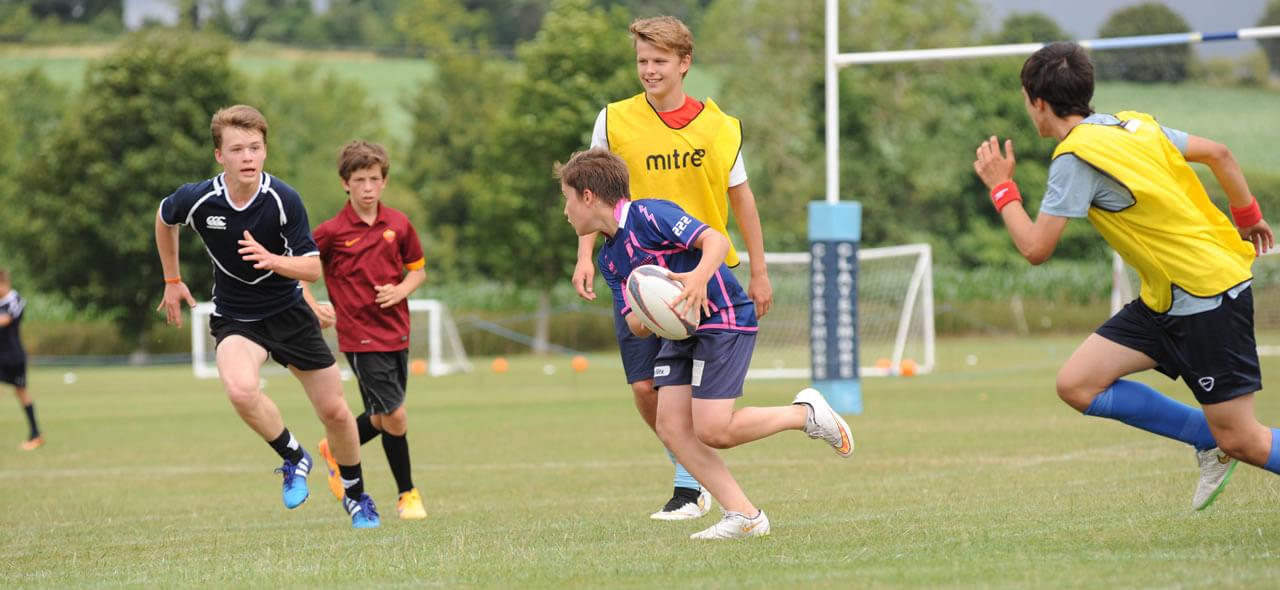
Tackle Law Changes... Again?
As coaches, we are continually looking at ways to keep our players safe and reduce injuries. The issue that has caused the most concern recently is the tackle with more emphasis specifically on the role of the tackler. World Rugby has been trialling some innovative ideas for promoting safety.
A lot is being written about the tackle and the outcomes of the tackle. The Guardian recently wrote about changes and adaptations to the U20s Tournaments and the Tackle Warning System. Essentially, if the tackler goes into the tackle upright and there is a resulting head injury, they receive a warning. Three warnings in a tournament or competition and you step into sanction which could lead to you missing a game. This is a good innovative approach for rewarding/punishing behaviour but the ability to use this in the game without a ref team of 3 or the TMO is probably too big a challenge.
When creating new laws, something we should always keep in mind is their impact on how the whole game is played. For example if the tackle warning system goes through, we could see a change in the game. This would come as a result of their being fewer blitz style defences (due to a reduction in upright collisions) resulting in player’s having more time in attack.
World Rugby have recently brought out new directives for referees, players and coaches to understand the decision making processes for analysing and penalising poor tackles that can potentially cause injuries. It’s called the high-tackle sanction framework.
These are all commendable but fail to really address the issues for the vast majority of coaches and players outside of the professional game. There seems to be a lack of direction on what to actually coach? Simply put, should we advocate the low or leg tackles only? This could definitely have subsequent effects on the game and also possibly create more or different injuries caused by targeting a dynamically moving target. If we say there should only be leg or low tackles then it also allows teams to develop an off-load strategy where rucks would be diminished. So although brilliant for the potential safety of players, having less upper body contact would drastically change the game so I would argue for contact to be made below the ball as a compromise.
Here are our tips for the development of low or leg tackles:

Here Brad Davies, ex-Wasps coach nails it with this demo and discussion of protecting the tackler focusing on coaching the correct...
- Head up tackle
- Feet close
- Shoulder contact
- Arm wrap
- Feet chase through the contact
As Brad discusses we need to provide safer options to collisions and contact and be able to coach these through the use of demos, klps and fault correction.

